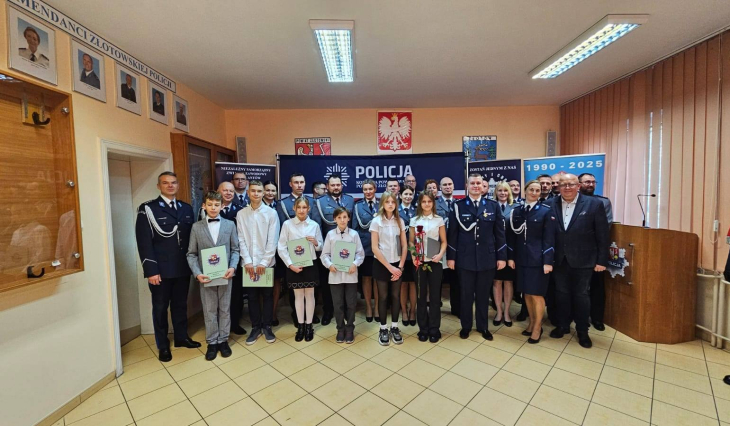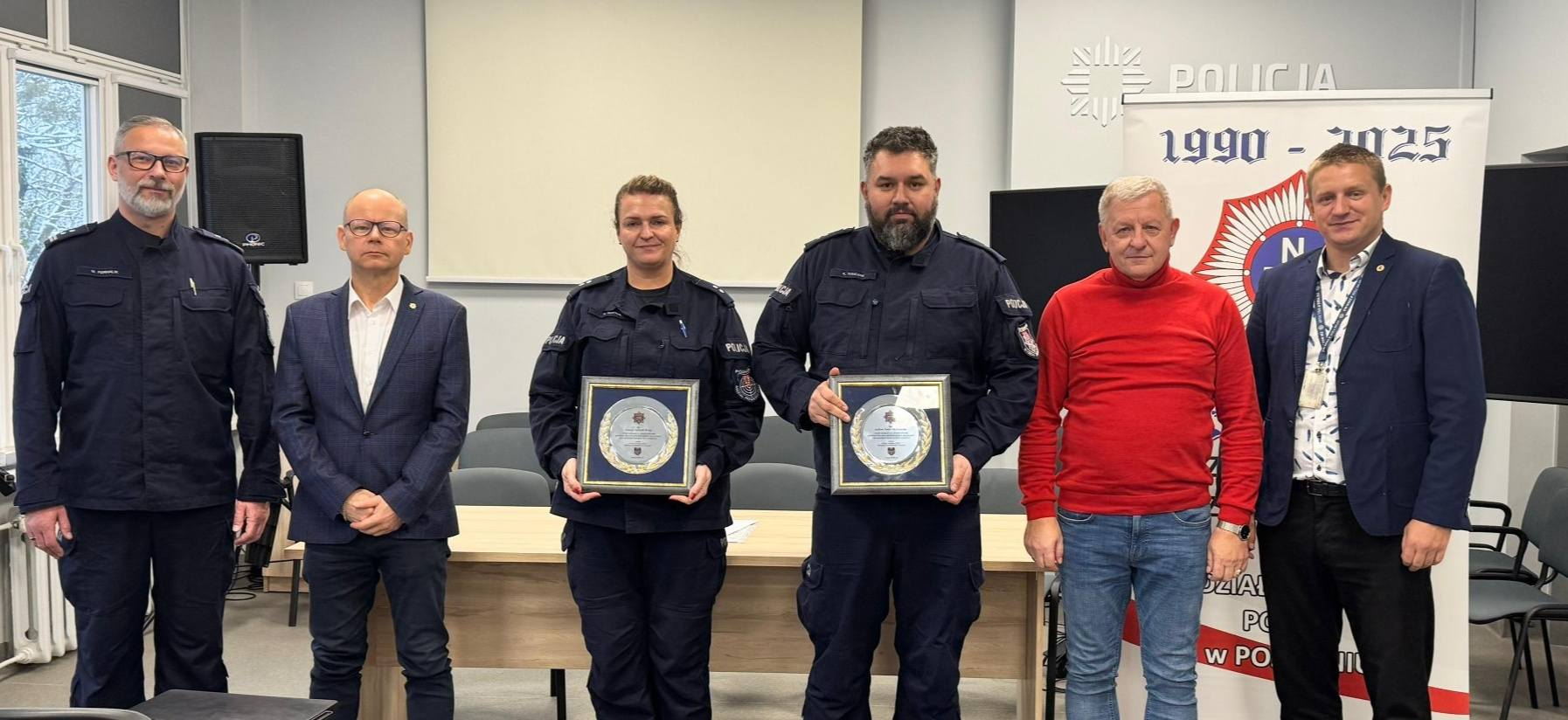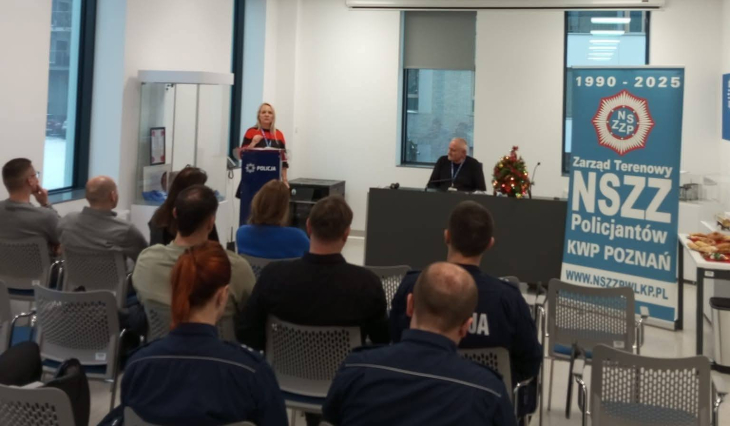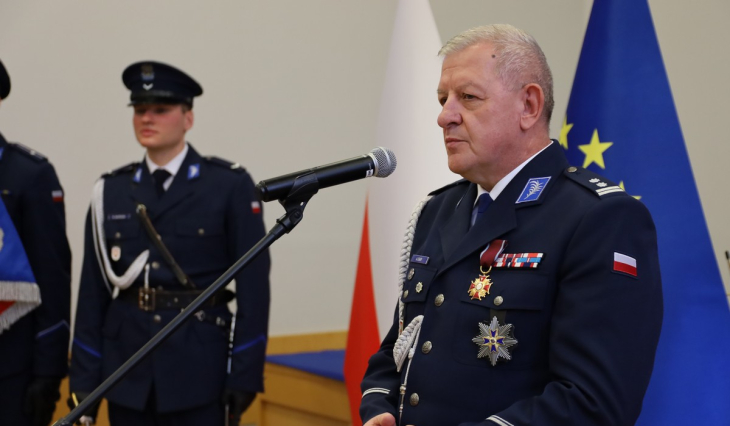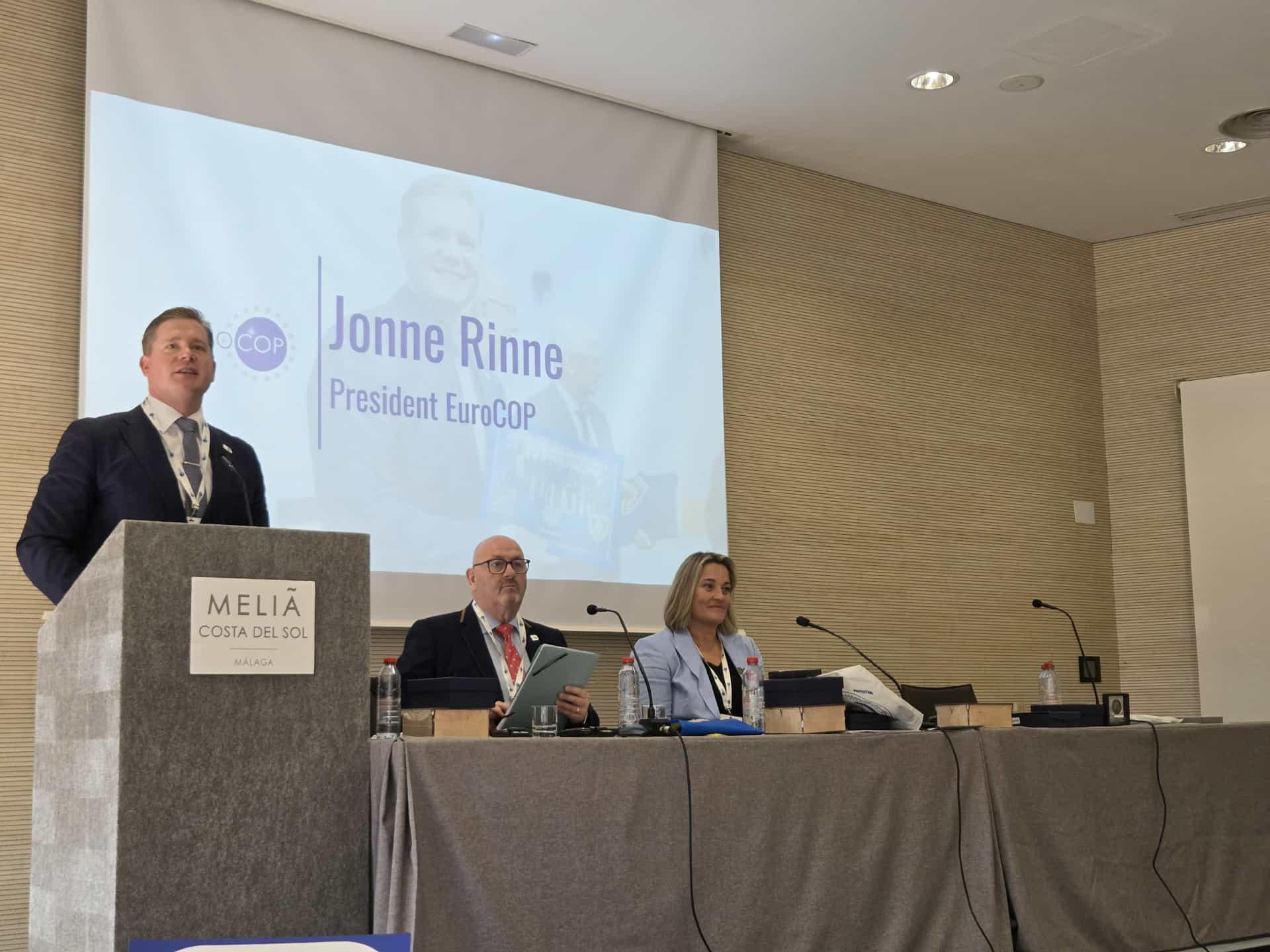
WASHINGTON- The Transportation Security Administration (TSA) established the 3-1-1 liquid rule following a thwarted explosive plot targeting flights from the United Kingdom to the United States.
Explosive experts created the international guideline requiring airline passengers to pack liquids in 3.4-ounce containers, marked as 100 millilitres on international products, inside one clear quart-size bag.
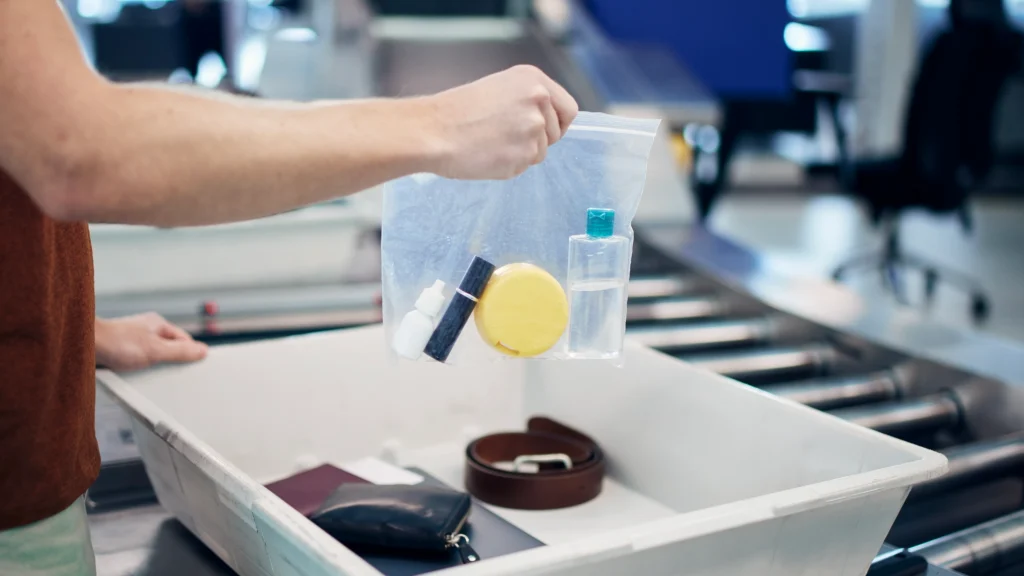 Photo- LADbible
Photo- LADbibleTSA Airport Security Rule for LAGs
The TSA classifies regulated substances as LAGs, encompassing liquids, aerosols, and gels. This category includes creams, pastes, and any substance that can be spread with a butter knife.
Common travel items, such as shampoo, face wash, sunscreen, toothpaste, hairspray, and peanut butter, fall under these restrictions. Larger liquids require placement in checked luggage.
Advanced 3D imaging scanners, designed to detect hazardous liquids, could eliminate liquid restrictions. European airports initially planned to remove carry-on restrictions in 2024, but technological issues delayed implementation indefinitely. The TSA anticipates lifting liquid limits in the coming years, though recent reports suggest restrictions may remain until 2040.
3-1-1 Rule Explained
- 3: Each container of liquid, gel, aerosol, cream, or paste must be 3.4 ounces (100 millilitres) or less.
- 1: All liquids must be placed in a single, clear, quart-sized, zip-top plastic bag.
- 1: Each passenger is limited to one of these quart-sized bags.
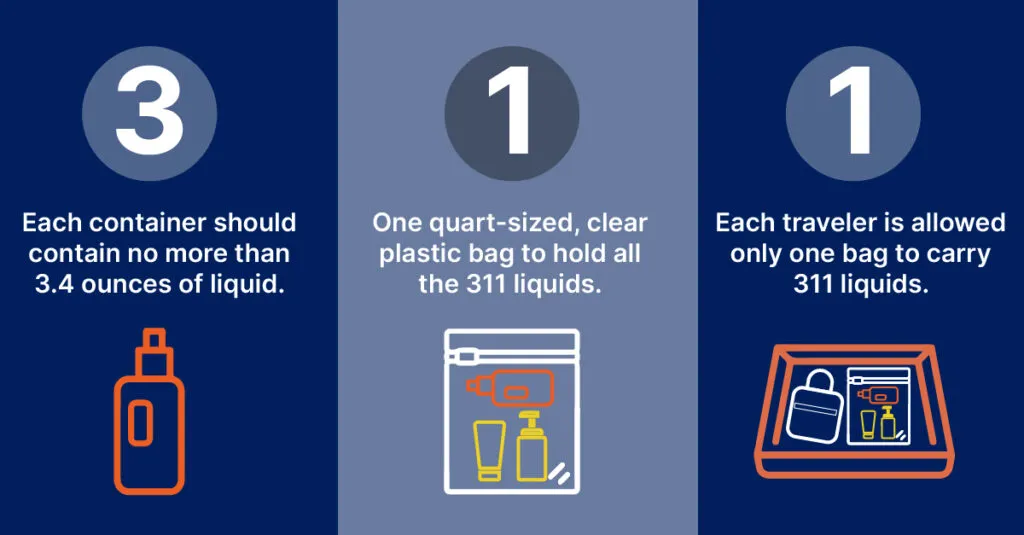 Photo- Itilite
Photo- ItiliteMedical and Health-Related Exceptions
Prescription liquids, gels, and aerosols represent the most common exception to the 3-1-1 rule. The TSA requires clear labelling to identify container contents without question. Security officers may screen medications visually, through X-ray machines, or test for explosive traces.
Officers may request container opening for vapour analysis when proper screening proves impossible. Passengers preferring to avoid medication opening or X-raying must inform TSA officers, triggering additional screening procedures, including AIT screening, pat-downs, and carry-on property inspection.
The agency excludes prescription wet pet food from the liquid rule exceptions, even for service animals requiring special dietary provisions.
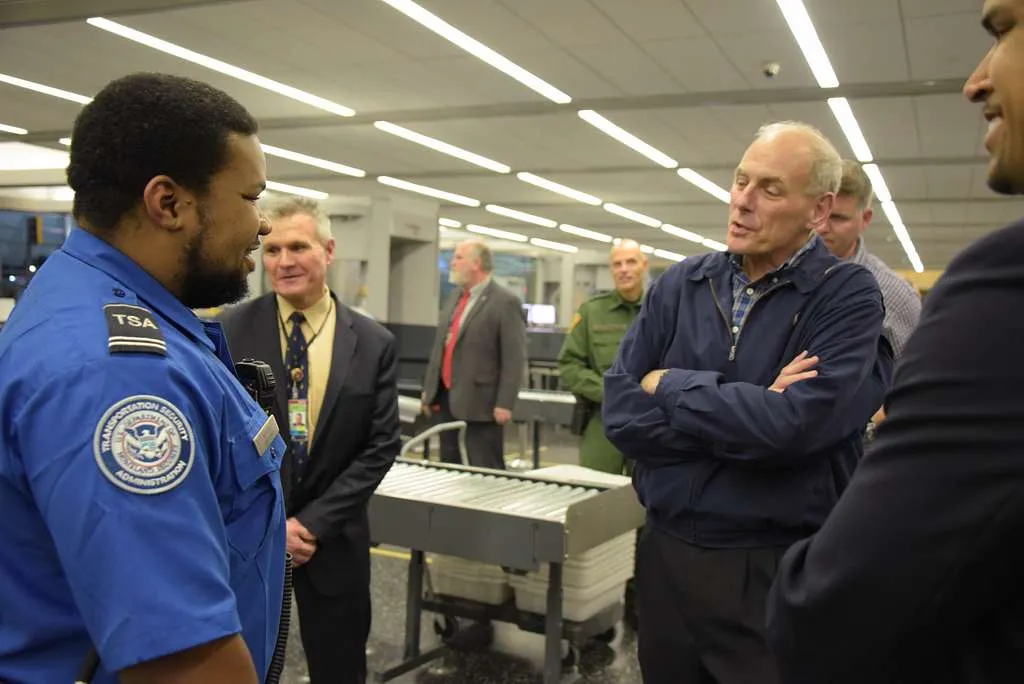 Photo- PICRYL
Photo- PICRYLInfant and Child Care Provisions
Breast milk and infant formula qualify as medically necessary liquids, allowing unlimited quantities through security checkpoints. The accompanying child need not be present for the exception to apply. TSA categorises these items specifically as medically necessary substances.
The agency recommends transporting liquids in clear, translucent bottles for efficient screening through Bottle Liquid Scanners. Pouches may require alternative screening methods. Officers may request container opening, but never place substances inside liquids. Passengers preferring to avoid X-ray screening can request alternative testing methods.
Baby and toddler food and drinks, including puree pouches, receive a medically necessary classification. Water for babies travels in reasonable quantities with separate screening requirements.
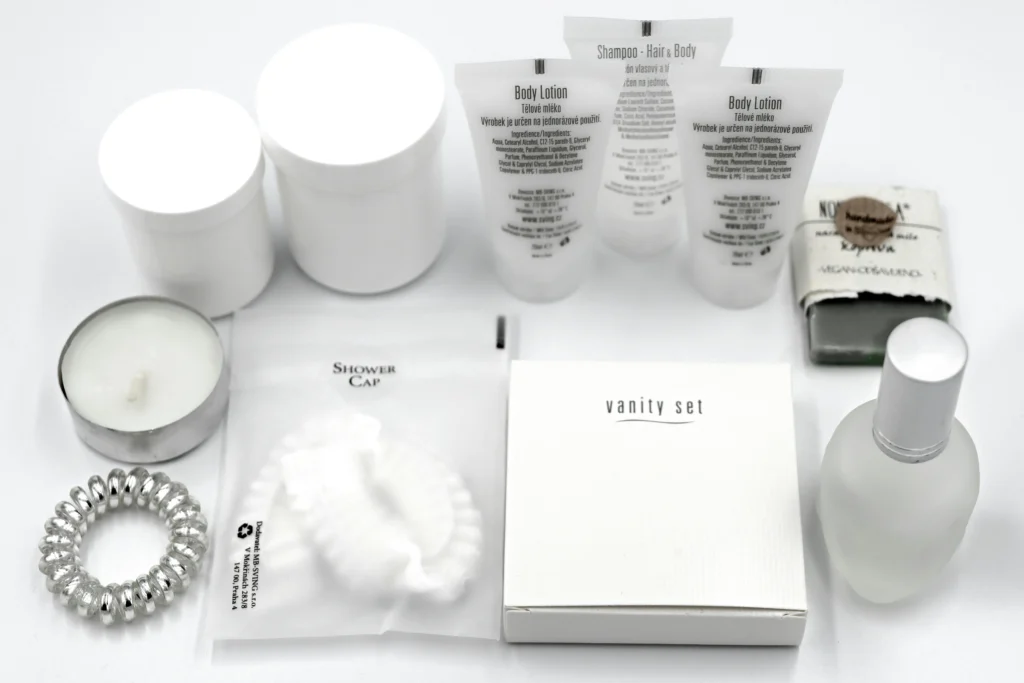 Photo- Marta Branco | Pexels
Photo- Marta Branco | PexelsTemperature-Controlled Items
Gel ice packs and freezer packs pass through security when frozen solid during screening. Ice, including frozen water bottles, receives similar treatment. Partially melted, slushy portions or container liquids count toward 3-1-1 limits.
Medically necessary gel ice packs travel in reasonable quantities regardless of their melting state, with or without breast milk. IV bags, pumps, syringes, and medical supply accessories receive automatic approval for security passage.
Food and Biological Specimens
Fresh eggs travel through security despite liquid yolks, requiring separation from carry-on bags for proper X-ray inspection. The TSA recommends separate packing and uncluttered presentation to prevent screening delays.
Live fish and coral in water receive exceptions when transported in clear, transparent containers with proper TSA officer inspection. Some airlines permit live lobster in clear, plastic, spill-proof containers, though advance airline approval proves necessary.
Non-infectious biological specimens in preservative solutions, including formaldehyde, ethanol, and isopropanol, travel for scientific research purposes. Specific packaging requirements limit free liquid to 30 millilitres in heat-sealed inner plastic bags and one litre maximum in outer packaging marked “Scientific research specimens, 49 CFR 173.4b applies.”
 Photo- iStock
Photo- iStockElectronic Equipment Exceptions
Non-spillable wet batteries with absorbed electrolyte, including gel cells and absorbed glass mat types, accompany portable electronic devices through security. Equipment must protect against accidental activation or heat evolution, with battery voltage limited to 12 volts or less and under 100 watt hours capacity.
International Duty-Free Purchases
International airports frequently guide passengers through extensive duty-free shops before departure gates, offering local products and international brands. Liquid souvenirs, including Canadian maple syrup, French wine, and regional sauces, travel home when properly sealed by cashiers in security tamper-evident bags.
The International Civil Aviation Organisation (ICAO) developed this global system in 2008 to exempt duty-free liquid purchases from volume restrictions. Items purchased at airport retailers or aboard aircraft qualify for this exception. US travellers access this provision exclusively on inbound international flights.
Purchases must remain in officially sealed, untampered, security tamper-evident bags throughout travel. The system enables last-minute airport liquid purchases while maintaining security protocols established after the original explosive threat.
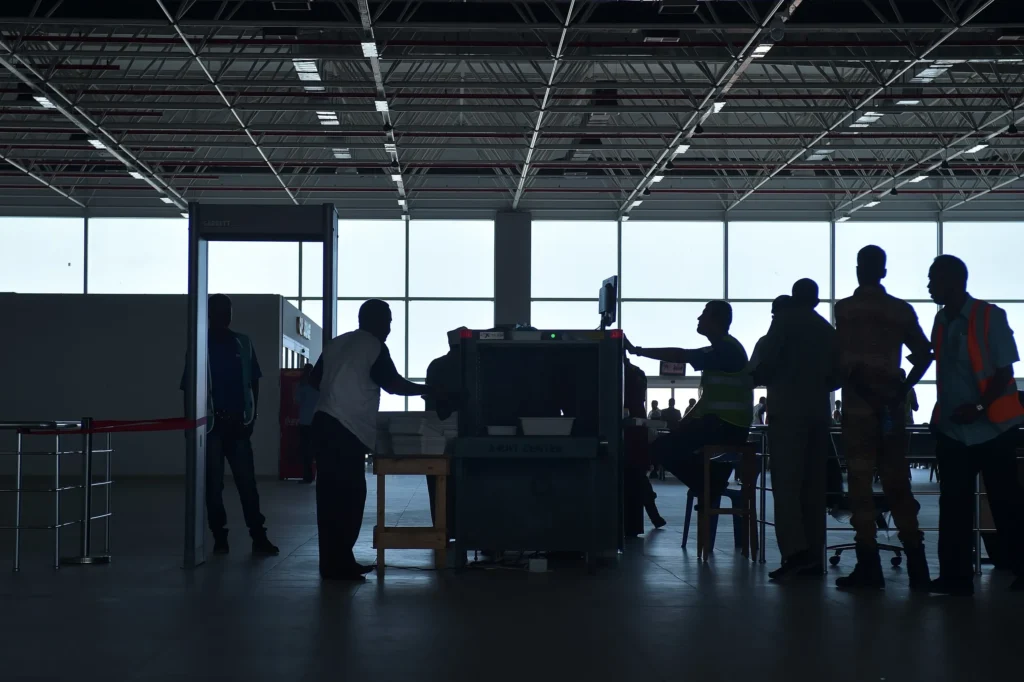 Photo- AMISOM Public Information | Wikimedia Commons
Photo- AMISOM Public Information | Wikimedia CommonsScreening Process and Officer Discretion
Travellers transporting approved oversized liquids must inform security officers before screening and place items in separate bins or dishes. All items triggering security alarms undergo additional inspection regardless of approval status.
The TSA maintains that final decisions rest with individual officers regarding item approval through checkpoints. Officer discretion applies to all exceptions, with medical necessity and reasonable quantity determinations varying by situation and specific circumstances encountered during screening.
Stay tuned with us. Further, follow us on social media for the latest updates.
Join us on Telegram Group for the Latest Aviation Updates. Subsequently, follow us on Google News
Why Airlines Don’t Allow More than 100ml Liquid in Cabin?
The post TSA Permits 11 Full-Size Liquids Through Airport Security Despite 3-1-1 Rule, Why? appeared first on Aviation A2Z.




